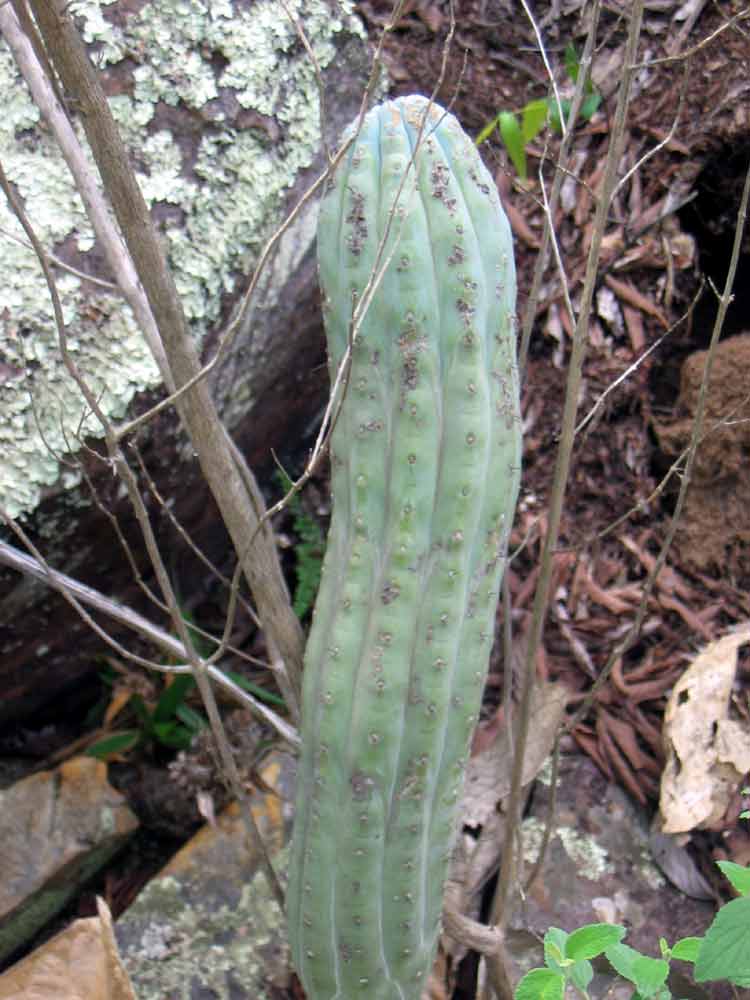|
Cipocereus Minensis
''Cipocereus minensis'' is a species of ''Cipocereus'' found in Minas Gerais Minas Gerais () is a state in Southeastern Brazil. It ranks as the second most populous, the third by gross domestic product (GDP), and the fourth largest by area in the country. The state's capital and largest city, Belo Horizonte (literall ..., Brazil. Description It is a columnar cactus grows shrubby with branched, columnar, green shoots and reaches heights of up to 2 meters tall with stems 2 to 5 centimeters in diameter and 10-15 ribs with around 20 spines. The round areoles are covered with white or brownish wool. They give rise to greyish-white or yellowish thorns that darken over time. The 1 to 4 conspicuous central spines, occasionally there are more, are up to 2.5 centimeters long. The 8 to 16 radial spines have a length of 1 to 2 centimeters. It has greenish-white nocturnal flowers, up to 7 cm long and 3 cm in diameter, followed by a blue fruit, spherical in shape when ripe and smooth. ... [...More Info...] [...Related Items...] OR: [Wikipedia] [Google] [Baidu] |
Cipocereus
''Cipocereus'' is a genus of cacti from Brazil. These species were previously included in the genera ''Pilosocereus'' and ''Cereus''. Species Synonymy The genus ''Floribunda'' F.Ritter Friedrich Ritter (9 May 1898 – 9 April 1989) was a German botanist who collected and described many species of cacti. ''Ritterocereus ''Stenocereus'' ( Gk. ''stenos'', narrow, L. ''cereus'', candle) is a genus of columnar or tree-like cacti ... has been brought into synonymy with this genus. References {{Taxonbar, from=Q135980 Cactoideae Cactoideae genera ... [...More Info...] [...Related Items...] OR: [Wikipedia] [Google] [Baidu] |
Minas Gerais
Minas Gerais () is a state in Southeastern Brazil. It ranks as the second most populous, the third by gross domestic product (GDP), and the fourth largest by area in the country. The state's capital and largest city, Belo Horizonte (literally "Beautiful Horizon"), is a major urban and finance center in Latin America, and the sixth largest municipality in Brazil, after the cities of São Paulo, Rio de Janeiro, Salvador, Brasília and Fortaleza, but its metropolitan area is the third largest in Brazil with just over 5.8 million inhabitants, after those of São Paulo and Rio de Janeiro. Nine Brazilian presidents were born in Minas Gerais, the most of any state. The state has 10.1% of the Brazilian population and is responsible for 8.7% of the Brazilian GDP. With an area of —larger than Metropolitan France—it is the fourth most extensive state in Brazil. The main producer of coffee and milk in the country, Minas Gerais is known for its heritage of architecture and colonia ... [...More Info...] [...Related Items...] OR: [Wikipedia] [Google] [Baidu] |
Endemic Flora Of Brazil
Endemism is the state of a species being found in a single defined geographic location, such as an island, state, nation, country or other defined zone; organisms that are indigenous to a place are not endemic to it if they are also found elsewhere. For example, the Cape sugarbird is found exclusively in southwestern South Africa and is therefore said to be ''endemic'' to that particular part of the world. An endemic species can be also be referred to as an ''endemism'' or in scientific literature as an ''endemite''. For example ''Cytisus aeolicus'' is an endemite of the Italian flora. ''Adzharia renschi'' was once believed to be an endemite of the Caucasus, but it was later discovered to be a non-indigenous species from South America belonging to a different genus. The extreme opposite of an endemic species is one with a cosmopolitan distribution, having a global or widespread range. A rare alternative term for a species that is endemic is "precinctive", which applies to s ... [...More Info...] [...Related Items...] OR: [Wikipedia] [Google] [Baidu] |

.jpg)